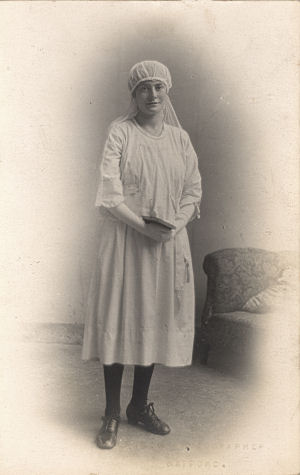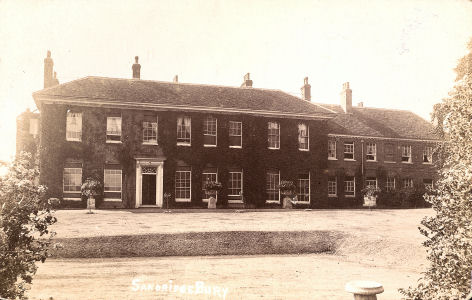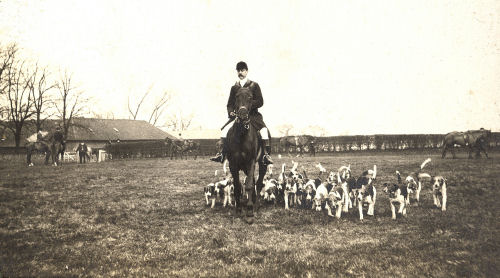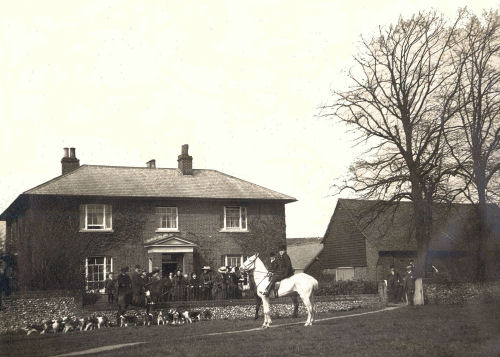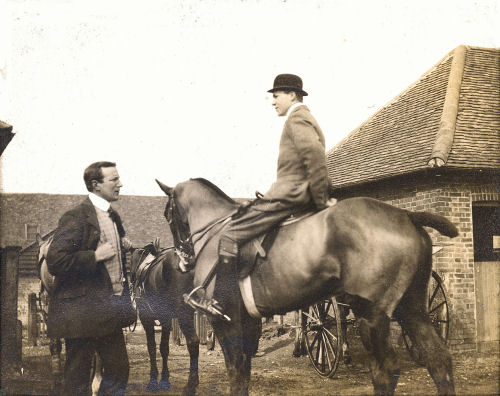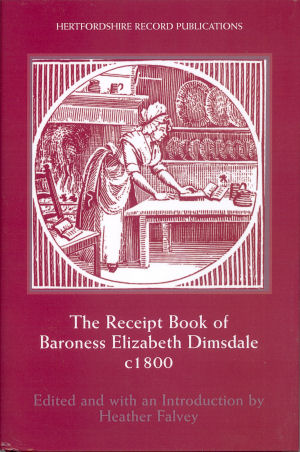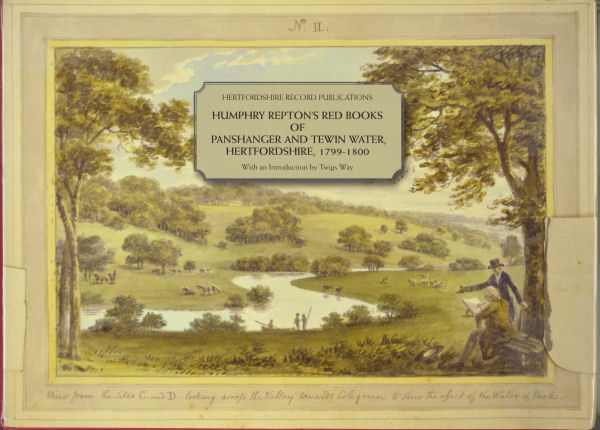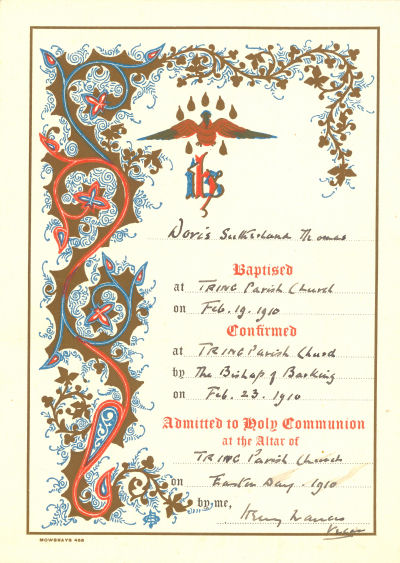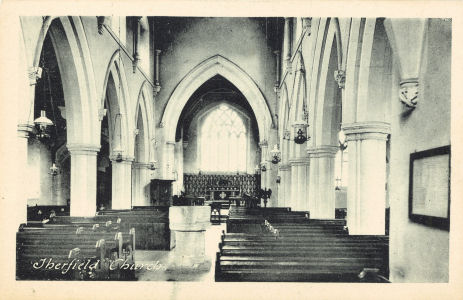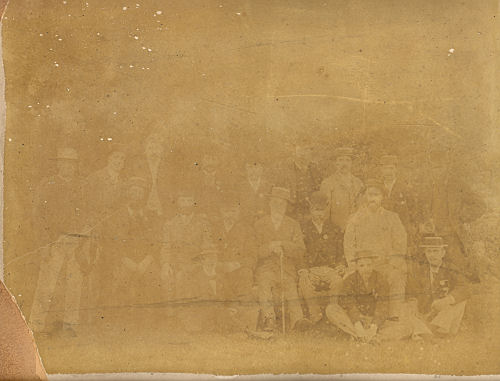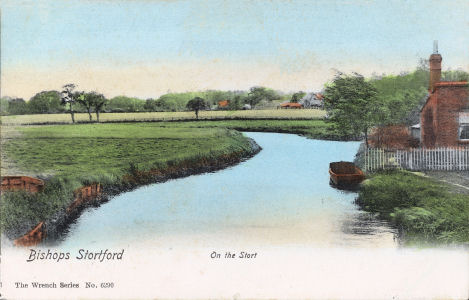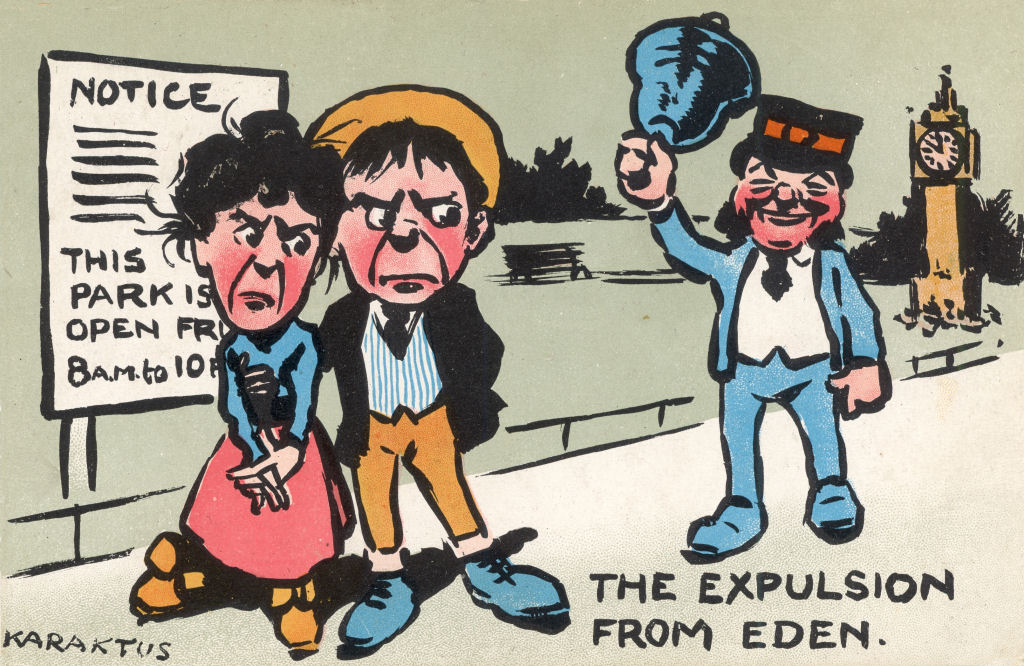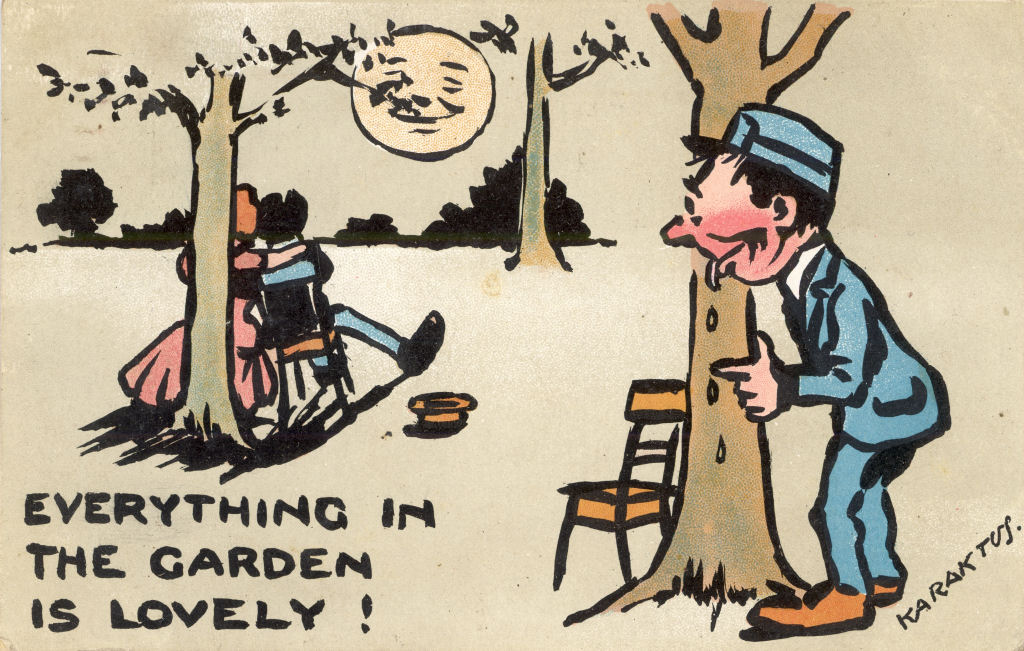As someone who likes eating duck - and likes roasting one for suitable occasions (see It was a real Aylesbury Duck and Enjoy your Christmas Dinner) the following approach to cooking duck interests me but I suspect that a modern farmed duck would have too much fat. Perhaps a wild duck would be more appropriate but have less meat!
A Duck Pye
Take the Liver and all the inside of the Duck which is fit to eat; wash it well; take a slice of the Fat of Bacon, a little Veal and a few Shalots; mince them all very small together; and with a little Thyme and Bay Leaf cut small, and a seasoning of Pepper and Salt, put it in the inside of the Duck. Lard the Duck all over with a little Shred of fat Bacon, rolled in seasoning. Take such a quantity of Flour, as you think will make paste enough to go round a Duck. Lay the flour on a paste Board, put two Yolks and one white of an Egg into the middle of it.
Break almost a pound of Butter very small into the Flour; put as much Water as is necessary to mix it, and mix it very lightly and touch it as little as possible.
Roll out a piece of this Paste out very thin, lay it on a Dish; then lay a thin slice or two of Fat Bacon on it, and afterwards the Duck with the Breast downwards, and then another thin slice of Bacon upon the Duck. Lay a thin Crust upon the Top, and then another this Crust upon that.
Turn up the bottom Crust nearly round the Duck, lay the Top Crust over it, and join them together until it forms an Oval standing Pye to the shape of the Duck; but touch the crust as little as possible. Crimp and ornament the Pye all over with little Irons for that purpose. Make a hole in the Top of the Pye, roll a thin piece of Paste, and put in like a Chimney and then roll up a piece of Card and put inside of it.
Have a Cork ready the size of the Chimney and cork it up the moment the Pye is taken out of the Oven, and do not take out the Cork and Card until the Pye is quite cold. About one hour and a half in a quick oven will bake it.
Make a seasoning of Salt, Pepper and a little Thyme, Bay Leaf and shallot. All the Bacon with which the Duck is larded must be dipped in it, and as the Duck should be covered in every part with sliced Bacon; that side of the Bacon which it is next to it, must also be dipped in it. If the Bacon is much Salted, it must be well washed to get out the Salt.




